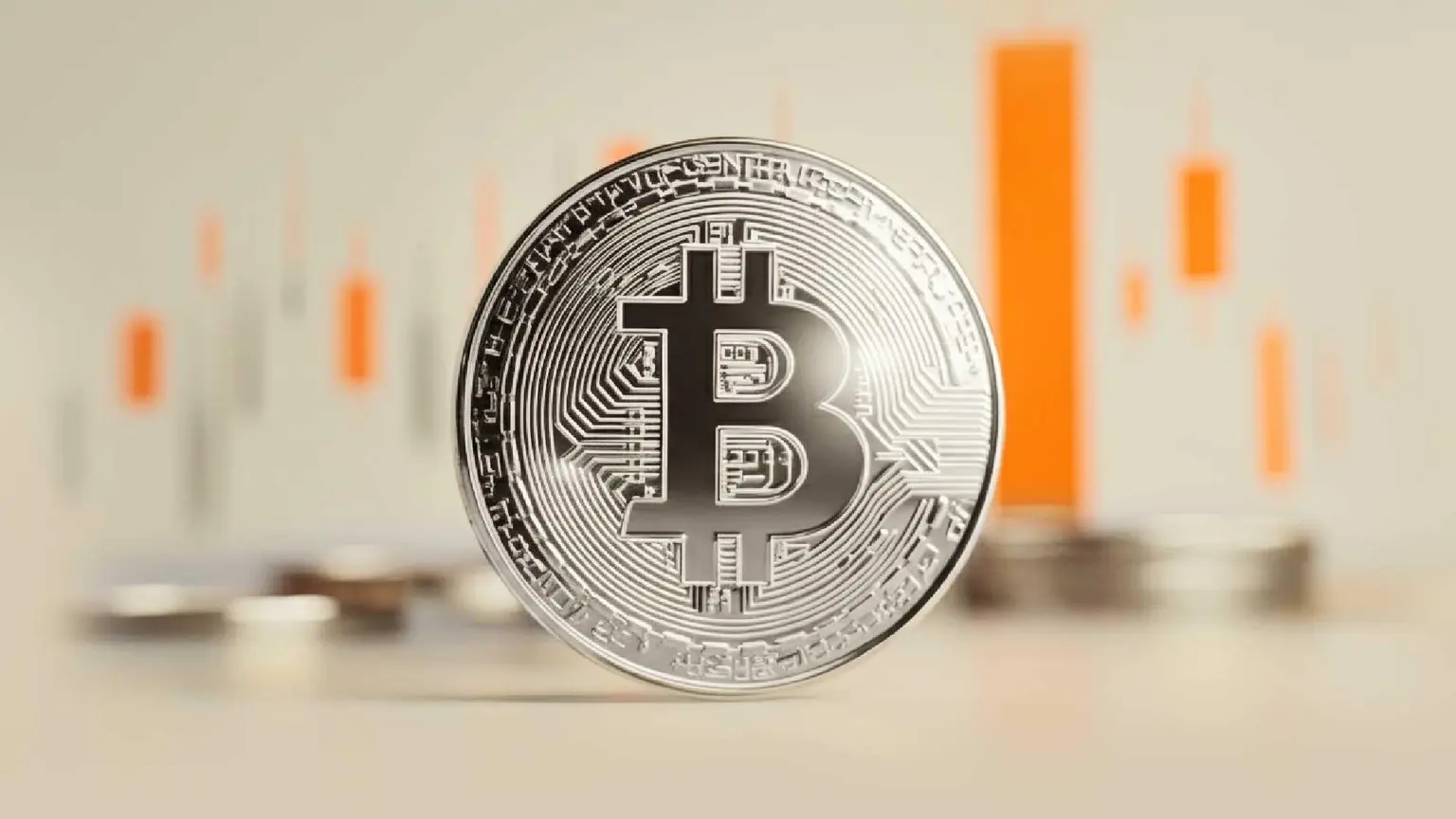CBDC door opens as Federal Reserve demands approval before state banks can deal with stablecoin payments
- The US Federal Reserve has established new rules, launching a new program to supervise novel bank activities.
- Changes will affect activities that involve crypto-assets and distributed ledger or "blockchain" technology.
- The rollout could clear the path for CBDCs, a digital form of a government-issued currency.

Central Bank Digital Currencies (CBDCs) could see a new dawn as the US Federal Reserve has rolled out new requirements, demanding approval before all state banks can issue, hold, or engage in any transactions with the banks under its control.
CBDCs to see new dawn as Fed steps up oversight of bank-crypto firms ties
The Federal Reserve has rolled out new information as it pushes toward balancing financial innovation and the ideal risk management practices for the ultimate safety and soundness of the banking system. CBDCs play into this narrative, presenting as a digital form of currency issued by the government through its central bank.
The Fed's new move is part of efforts to supervise novel activities in the banks it oversees. These include technology-inspired collaborations with non-banks to provide banking services to customers. It also comprises activities involving crypto-assets and distributed ledger or "blockchain" technology.
@federalreserve provides additional information on its program to supervise novel activities in the banks it oversees: https://t.co/6MiItQwO7V
— Federal Reserve (@federalreserve) August 8, 2023
With this, CBDCs could play into the narrative, considering that the central bank establishes the value of the currency form. The number of countries developing CBDCs continues to grow, with some already in execution. The advancement comes as countries look for ways to foray into digital currencies.
The government-issued currency is not pegged to a physical commodity but is linked to the issuing country's official currency. Under the new rules, registered banks partisan to the risk-based program could face scrutiny by the Fed Board, as it seeks to determine whether the novel activities comply with its regulations.
Based on the new information, the Fed has clarified the process for banks to transact in stablecoins, demanding approval before issuance, holding, and transacting cryptocurrency payments. The move is meant to promote the benefits of financial innovation toward a sound banking system.
The Board has reinforced the position, providing additional information on the process for a state bank supervised by the Fed before resolving to the dollar token or activities involving stablecoins. This includes showing the Fed supervisors that there are appropriate measures in place to guide the conduct and the activity safely and soundly.
It is also worth mentioning that the new rules are part of the Fed's commitment to improve industry clarity, particularly for every party, because technology-related financial services keep evolving.
CBDC prospects as Fed increases oversight of banking-crypto ties
CBDCs have multiple objectives, although the primary one is to offer privacy, transferability, convenience, accessibility, and financial security to both businesses and consumers. The digital form of currency also plays a role in decreasing the cost of maintaining a tough financial system, as it reduces maintenance costs, lower cross-border transaction costs, and offers alternative methods for traders looking for lower-cost options.
CBDCs, supported by a government and under the central bank's control, make it more secure as a digital currency exchange and would play well with the Fed's newly implemented policy about banks' relationship with cryptocurrency firms.
Open Interest, funding rate FAQs
How does Open Interest affect cryptocurrency prices?
Higher Open Interest is associated with higher liquidity and new capital inflow to the market. This is considered the equivalent of increase in efficiency and the ongoing trend continues. When Open Interest decreases, it is considered a sign of liquidation in the market, investors are leaving and the overall demand for an asset is on a decline, fueling a bearish sentiment among investors.
How does Funding rate affect cryptocurrency prices?
Funding fees bridge the difference between spot prices and prices of futures contracts of an asset by increasing liquidation risks faced by traders. A consistently high and positive funding rate implies there is a bullish sentiment among market participants and there is an expectation of a price hike. A consistently negative funding rate for an asset implies a bearish sentiment, indicating that traders expect the cryptocurrency’s price to fall and a bearish trend reversal is likely to occur.
Author

Lockridge Okoth
FXStreet
Lockridge is a believer in the transformative power of crypto and the blockchain industry.




